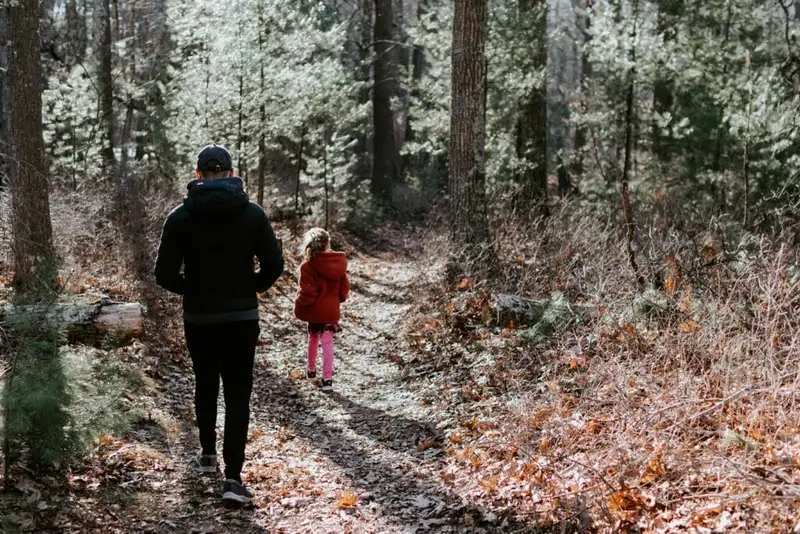1. Bonnie and Clyde (1967)
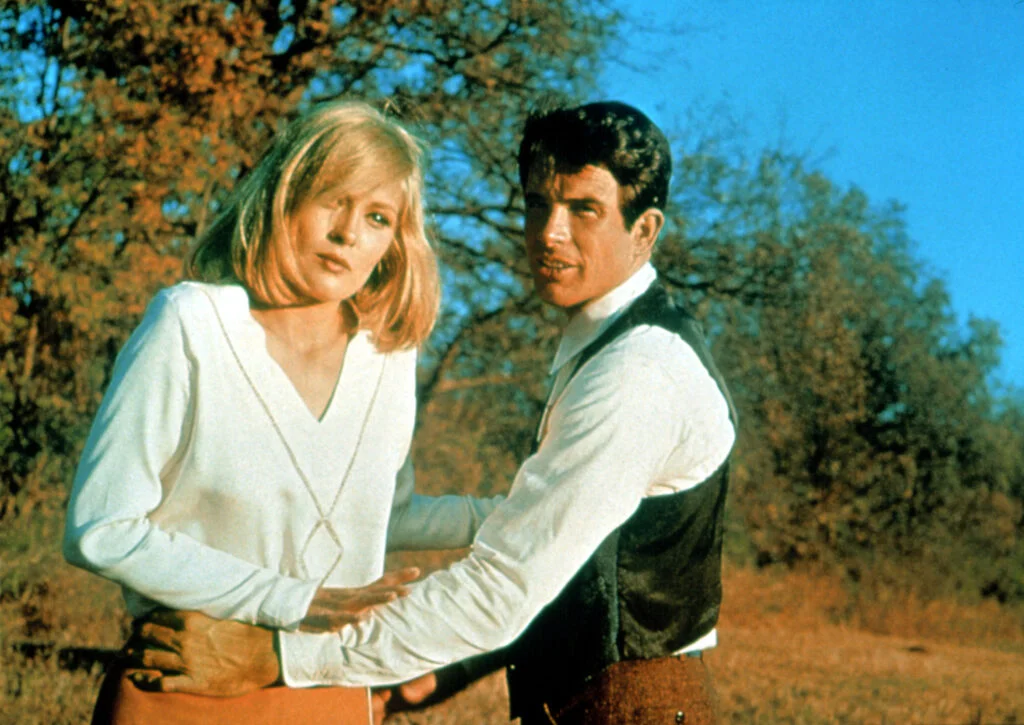
Bonnie and Clyde wasn’t just another crime film; it was a game-changer. Directed by Arthur Penn, this film pushed the boundaries of what was acceptable in mainstream cinema, blending a violent, edgy story with a surprisingly romantic undercurrent. The film’s portrayal of lawless characters as antiheroes who are unapologetically flawed struck a chord with audiences who were tired of the more traditional portrayals of good versus evil. It also didn’t shy away from graphic violence, which was shocking at the time but ultimately paved the way for more daring storytelling in Hollywood.
The film’s innovative use of violence in such an intimate and brutal way made audiences both uncomfortable and captivated. Its tragic ending, with the main characters meeting a violent death, defied expectations and became iconic in cinematic history. Bonnie and Clyde was one of the first films to challenge Hollywood’s more sanitized and moralistic traditions, and its success heralded the beginning of a new, edgier era in film.
2. The Graduate (1967)
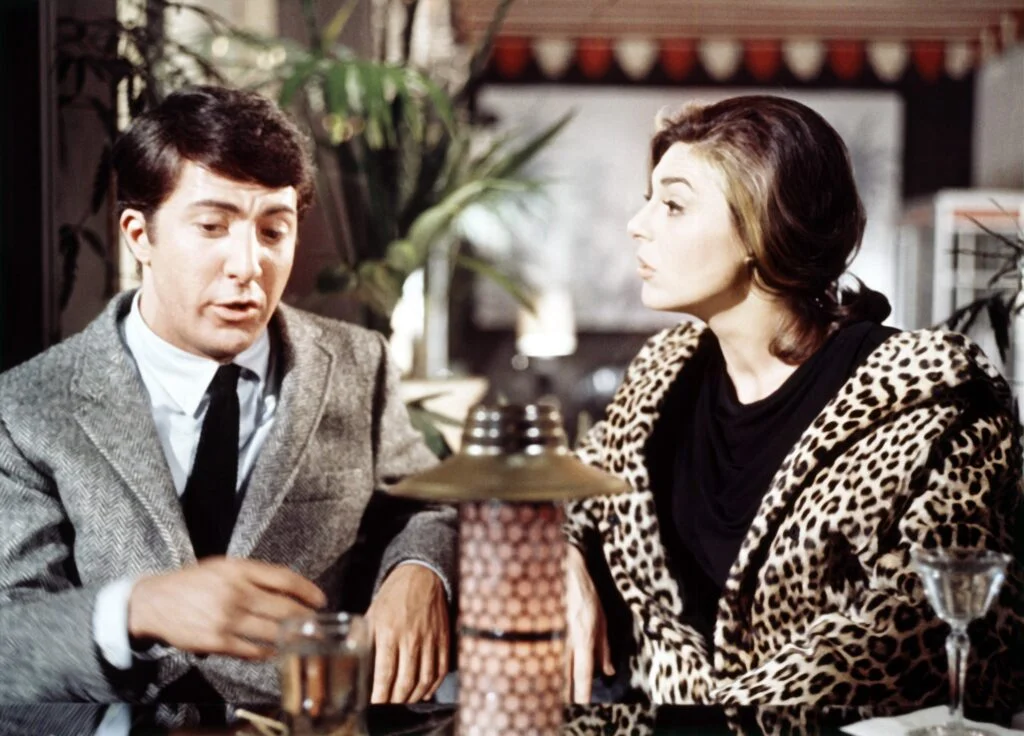
In 1967, The Graduate became a symbol of rebellion against the traditional values of the time. Directed by Mike Nichols, it captured the tension between the older generation’s expectations and the younger generation’s desire for independence and self-discovery. The story of Benjamin Braddock’s (Dustin Hoffman) affair with Mrs. Robinson (Anne Bancroft) was scandalous, yet it became a cultural touchstone. The film was groundbreaking in its portrayal of sexuality and its critique of societal norms, making waves for the candid way it addressed taboo topics.
The film’s use of music—specifically the songs by Simon & Garfunkel—was another innovation. The melancholy tones of “The Sound of Silence” became the perfect backdrop for Benjamin’s existential crisis, helping to elevate the film’s emotional resonance. The Graduate was a bold commentary on the shifting dynamics of love, power, and societal expectations, and its success made it clear that audiences were ready for films that took risks.
3. 2001: A Space Odyssey (1968)
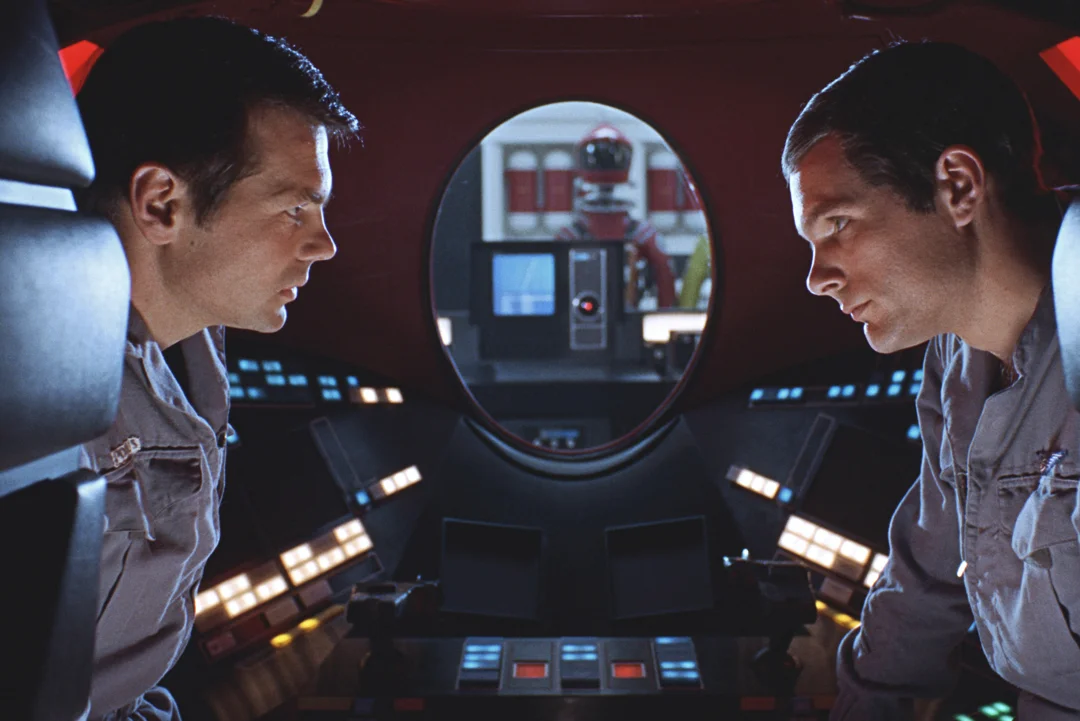
Stanley Kubrick’s 2001: A Space Odyssey is often regarded as one of the most groundbreaking films in cinematic history, and for good reason. The film’s slow pace, lack of traditional dialogue, and abstract storytelling were radically different from anything that had come before. Kubrick’s collaboration with science fiction writer Arthur C. Clarke resulted in a film that wasn’t just a visual spectacle but also a deep philosophical exploration of humanity’s place in the universe. The film’s ambiguity, particularly in its iconic ending, left audiences questioning everything they thought they knew about storytelling.
The film’s special effects were nothing short of revolutionary for the time. The seamless blend of realistic space travel and futuristic technology set a new bar for visual effects in cinema. 2001: A Space Odyssey wasn’t just a film about space; it was a reflection of mankind’s quest for knowledge and understanding, and it proved that movies could be both art and entertainment.
4. Easy Rider (1969)
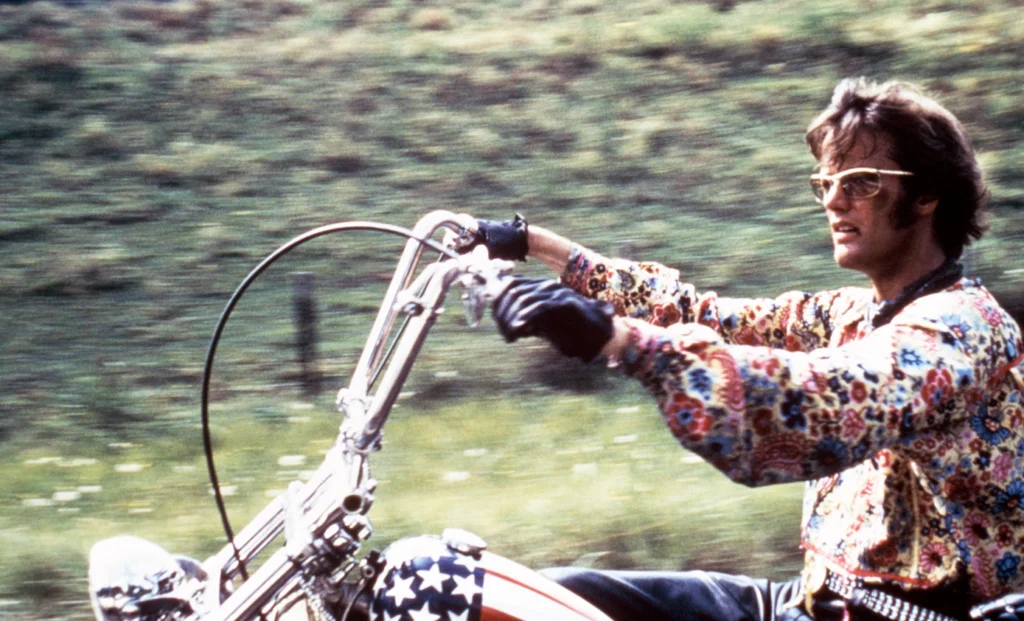
Easy Rider is often seen as the film that kicked off the countercultural movement in American cinema. Directed by and starring Dennis Hopper, this road movie about two bikers traveling across America captured the spirit of rebellion and the quest for freedom. What set Easy Rider apart was its raw, unfiltered portrayal of the American landscape, both physical and emotional. The film didn’t shy away from controversial topics like drugs, violence, and the disillusionment of the American Dream, which resonated deeply with a generation disillusioned with traditional values.
With its unconventional narrative, minimal dialogue, and evocative soundtrack, Easy Rider captured the mood of the 1960s, making it a cultural touchstone. The film’s success, both critically and at the box office, showed that audiences were ready for more experimental, offbeat stories. Easy Rider not only introduced a new wave of independent filmmaking but also changed the way Hollywood viewed youth culture and its role in shaping mainstream narratives.
5. Night of the Living Dead (1968)
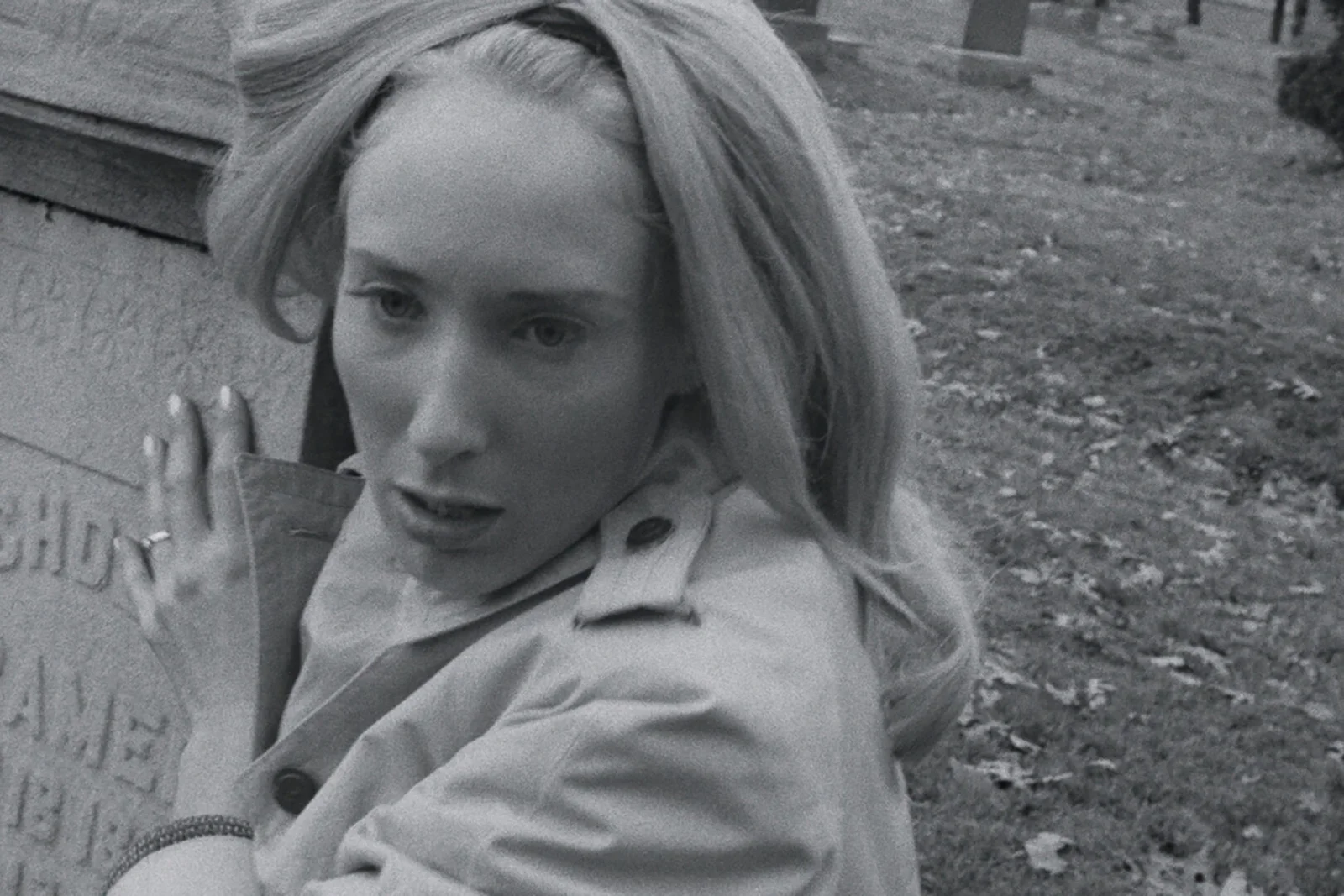
George A. Romero’s Night of the Living Dead took horror films to a whole new level by combining terror with social commentary. The film’s portrayal of a group of people trapped in a house during a zombie apocalypse was chilling, but it was the film’s underlying messages about race, class, and the breakdown of social order that truly set it apart. Romero’s decision to cast an African American actor, Duane Jones, as the lead in a genre that was predominantly white was groundbreaking, and it subtly challenged the racial norms of the time.
What made Night of the Living Dead even more daring was its shockingly bleak ending, where the protagonist is killed despite his best efforts to survive. This wasn’t your typical Hollywood fare, where good triumphs over evil. Romero’s film not only revitalized the zombie genre but also introduced horror as a vehicle for social critique, influencing countless filmmakers and adding layers of depth to what was often considered a mindless genre.
6. The Wild Bunch (1969)
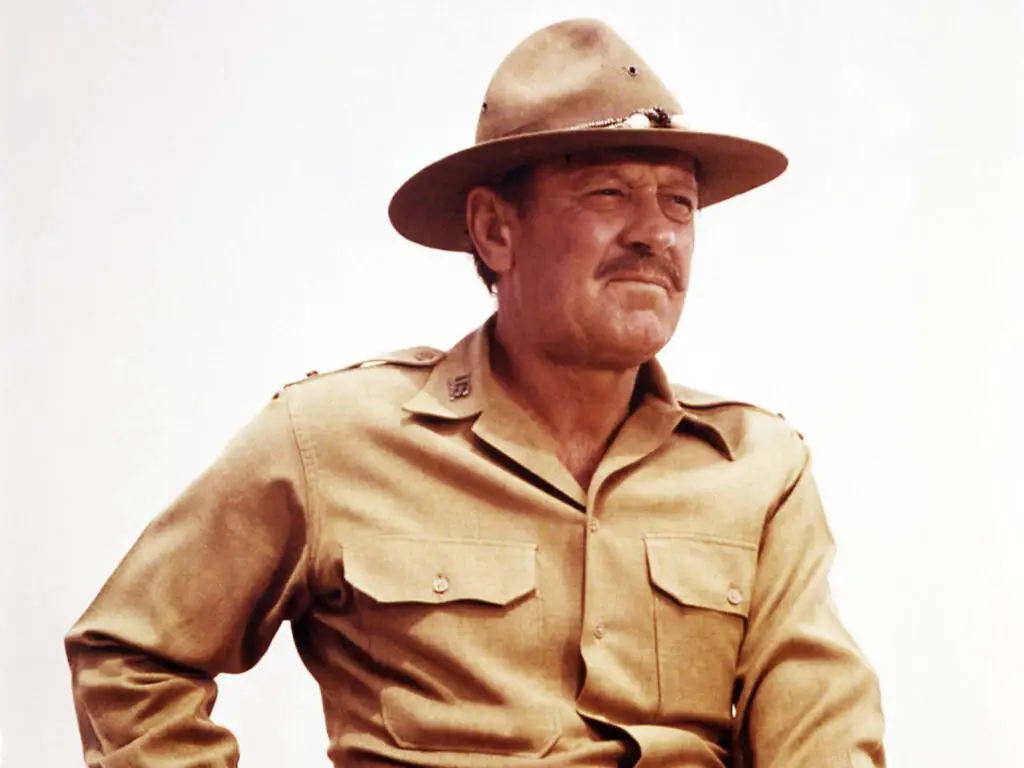
Sam Peckinpah’s The Wild Bunch turned the Western genre on its head with its stark, brutal violence and moral ambiguity. The film tells the story of a group of aging outlaws who make one last attempt at a heist, but the violence in the film was like nothing audiences had seen before. Peckinpah used slow-motion shots during action scenes to emphasize the brutality of the violence, making it both beautiful and horrifying. This style would go on to influence countless filmmakers, from Martin Scorsese to Quentin Tarantino.
What made The Wild Bunch so revolutionary was its ability to deconstruct the myth of the Western hero. The characters in the film are flawed and morally complex, reflecting the changing attitudes of the 1960s. The film’s mature themes, including the inevitability of death and the futility of violence, helped elevate the Western genre from mere entertainment to serious, thought-provoking cinema.

